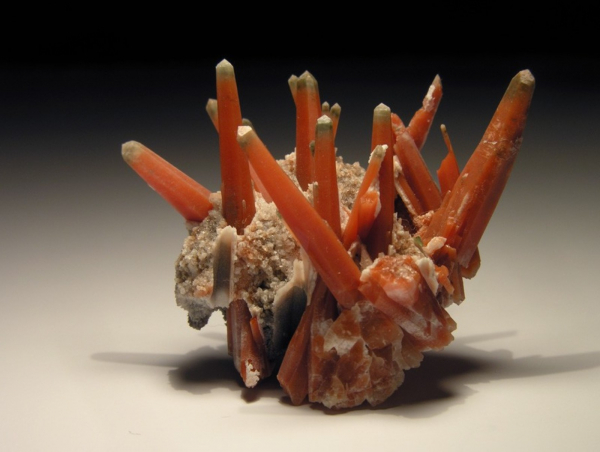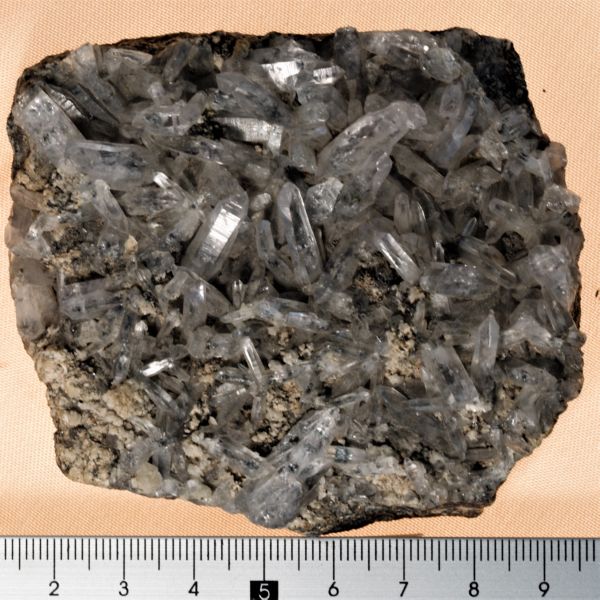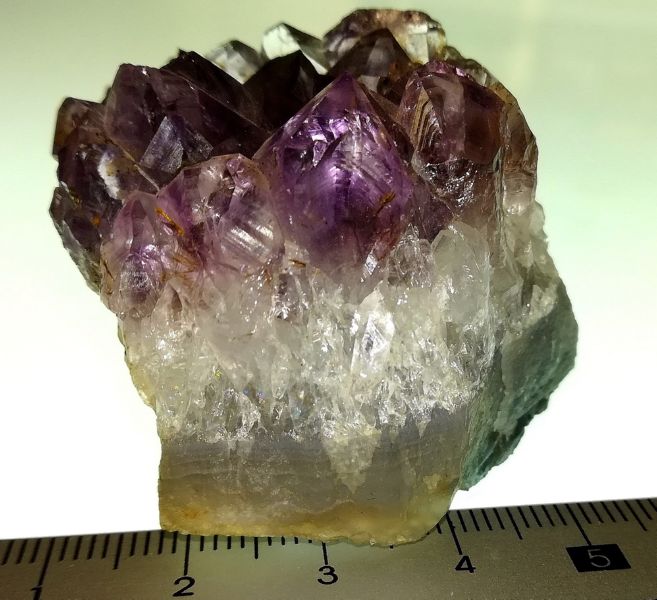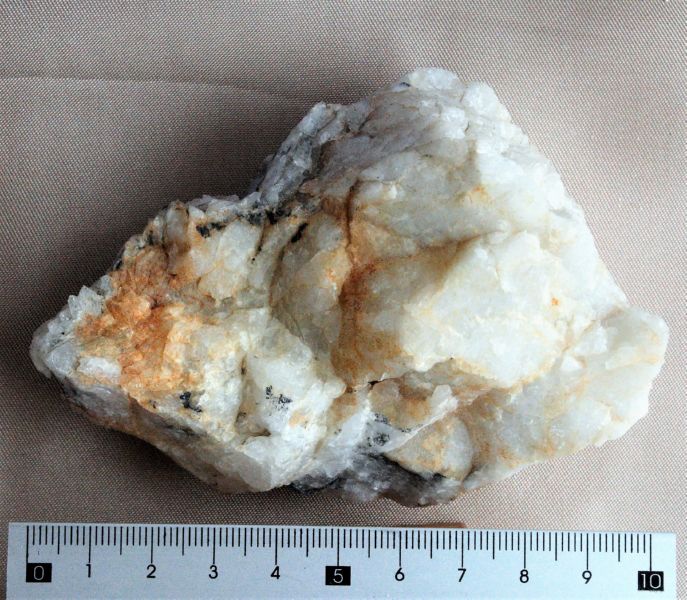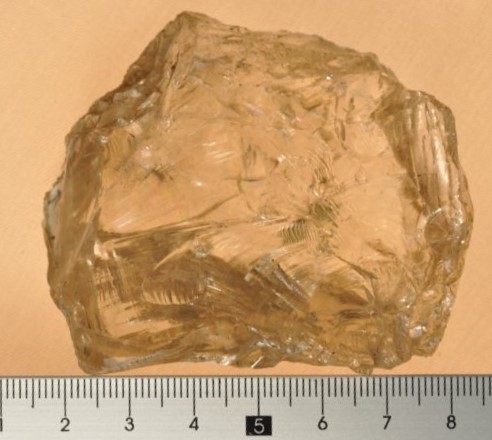Dalnegorsk, Dalnegorsk Urban District, Primorsky Krai, Russia
α-SiO2
Crystal System: trigonal
Colour: colorless, purple, rose, red, black, yellow, brown, green, blue or orange
Lustre: vitreous
Habitus: quartz occurs basically in two forms: macrocrystalline and crypto/microcrystalline. The former (more common) is made of visible crystals. Euhedral crystals are pseudohexagonal prisms, with pyramidal terminations. Twinning is very common but usually difficult to detect. The latter are formed by dense and compact masses of microscopic quartz crystals known as chalcedony.
Hardness: 7
Fracture: conchoidal
Cleavage: poor/indistinct
Density: 2.66 g/cm3
Origin and geological occurrence: quartz is one of the most common minerals on Earth’s surface. It is typical and characteristic of granites and granite pegmatites, as well as in acid volcanic rocks (e.g., rhyolite). It occurs in hydrothermal ore deposits and in hydrothermal veins. Common in sedimentary rocks, both as authigenic or detrital component (e.g., sandstones, quartzites). Common in metamorphic rocks.
Samples:
 |
9F.17 Quartz #tectosilicates |
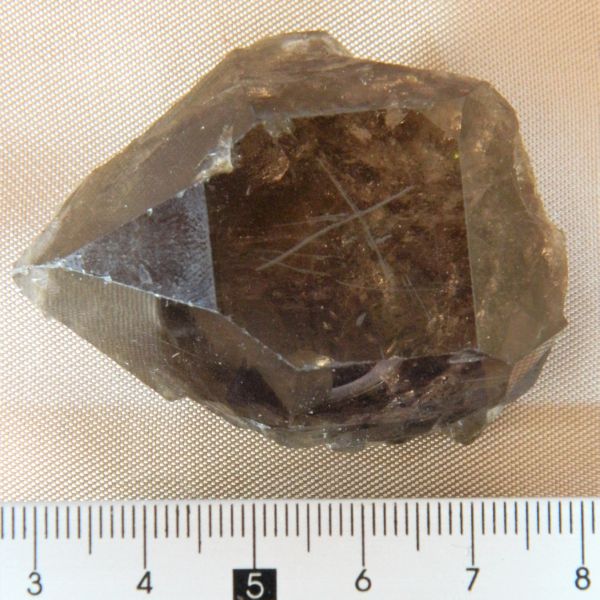 |
9F.16 Quartz #tectosilicates |
 |
9F.15 Quartz |
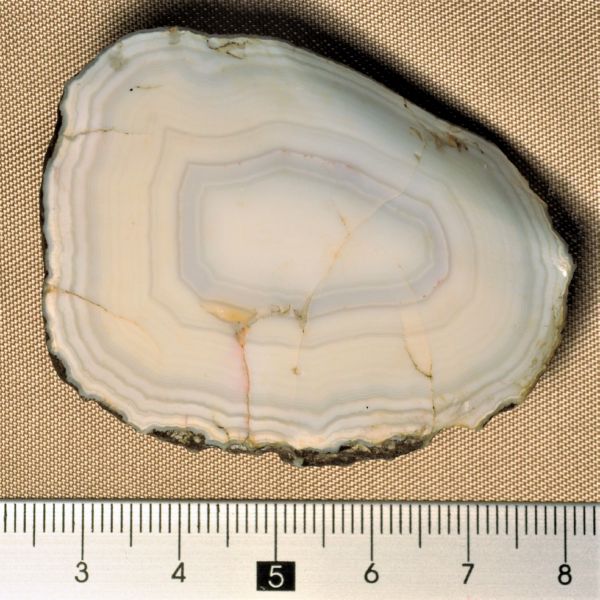 |
9F.11 Quartz #tectosilicates |

